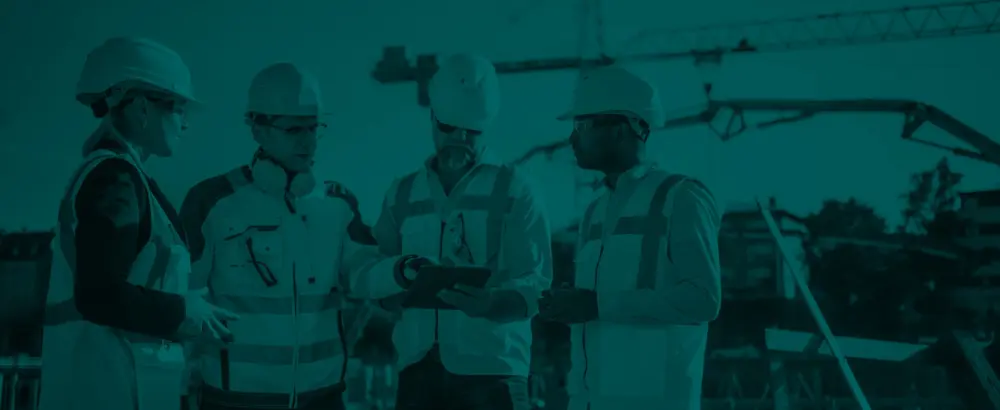HAVS in Construction: Risks, Solutions and Safety Best Practices
Hand-Arm Vibration Syndrome (HAVS) remains one of the most overlooked occupational hazards in the construction industry. Caused by prolonged exposure to vibration from power tools and machinery, HAVS can lead to permanent damage including numbness, pain, and reduced dexterity. With increasing regulatory pressure and heightened awareness of worker safety, construction firms must adopt proactive HAVS solutions to protect their workforce and ensure compliance.

Understanding the Risks of HAVS on Construction Sites
Construction workers frequently operate high-vibration tools such as jackhammers, grinders, and compactors. Without proper monitoring, repeated exposure can result in:
Vascular and neurological damage
Loss of grip strength and fine motor control
Long-term disability and reduced productivity
Legal liability and non-compliance penalties
The Health and Safety Executive (HSE) mandates strict vibration exposure limits, making construction site compliance with HAVS regulations a legal and ethical imperative.
HAVS Solutions for Construction: What Works
Modern HAVS solutions for construction go beyond basic risk assessments. They include:
Real-time vibration tracking using wearable HAVS devices for construction sites
Automated exposure logging to ensure accurate records and audit trails
Tool-specific vibration profiles to identify high-risk equipment
Alerts and thresholds that notify workers and supervisors before limits are breached
These technologies empower site managers to make informed decisions and reduce exposure without compromising productivity.
Choosing the Right HAVS Device for Construction Sites
Not all HAVS monitoring tools are created equal. When selecting a HAVS device for construction sites, look for:
Durability in harsh environments
Wireless connectivity for seamless data transfer
Compatibility with a wide range of tools
User-friendly interfaces for frontline workers
Integration with site-wide compliance systems
Hav-Sentry’s platform offers advanced construction tool monitoring with intuitive dashboards and customizable alerts, helping teams stay ahead of risk.
Best Practices for Construction Vibration Tracking
To build a culture of safety and compliance, implement these best practices:
Conduct baseline vibration assessments for all tools
Train workers on safe handling and exposure limits
Use construction vibration tracking to monitor daily exposure
Rotate tasks to minimize prolonged tool use
Review data weekly to identify trends and intervene early
By embedding HAVS monitoring into daily workflows, construction firms can reduce injuries, improve morale, and demonstrate regulatory compliance.
Conclusion
HAVS in construction is preventable, but only with the right tools, data, and commitment to safety. From wearable HAVS devices to site-wide vibration tracking, modern solutions make it easier than ever to protect your workforce and meet compliance standards. Hav-Sentry is proud to support construction teams with smart, scalable HAVS solutions designed for real-world conditions.